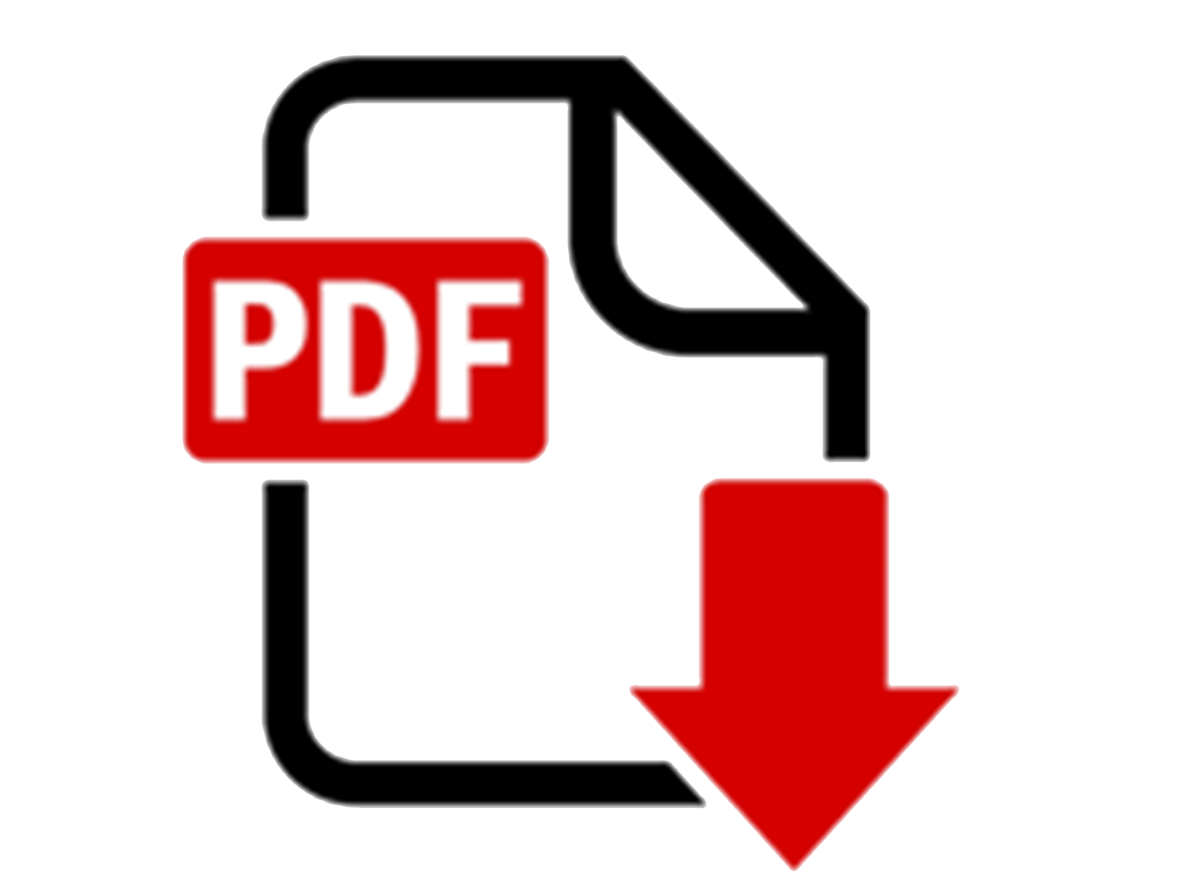IADR Abstract Archives
A Pilot Study on Mandibular Fracture Energy Assessment Using CBCT
Objectives: The use of conventional CT scans for assessing fracture energy on long bones has previously been validated. Fracture energy is an objective measure of fracture severity. The utility of CBCT for evaluating fracture energy on the mandible has not yet been evaluated. The objectives of this study are to assess fracture energy computed form CBCT data and determine relationships between fracture energy and fractures in different anatomical regions of the mandible.
Methods: The institutional IRB approved this human subjects study. CBCT data were obtained from 30 subjects with 52 mandibular fractures. All fractures were grouped into 6 anatomical regions of the mandible. CBCT scans were performed with an i-CAT FLX scanner. The data was converted to approximate HU intensity values using a rescaling factor, and segmented to obtain the interfragmentary surfaces of the bone. The location-specific density of the interfragmentary surface is derived directly from the HU values in the CT scans. Finally, the fracture energy was computed by summing the product of the local bone density and an empirically derived fracture energy release rate.
Results: Locations of the fractures were as follows: 29 in the condylar neck and head regions, 3 in the coronoid process, 3 in the ramus, 1 in the angle, 11 in the body, and 5 in the symphyseal regions. Average fracture energy of all the fractures was 2.2 Joules (J) with standard deviation of 1.7 J. Maximum fracture energy was 7.7 and minimum was 0.3 J. Fracture energy at the condylar process was lower than that of the mandibular body.
Conclusions: Fracture energies can be computed for mandibular fractures using CBCT. This suggests the possibility of implementing an objective scale for fracture severity of mandibular fractures. Although the statistical analysis is limited with the small sample sizes, increased sample size may elucidate the correlation between fracture energy and fracture location in our future work.
Methods: The institutional IRB approved this human subjects study. CBCT data were obtained from 30 subjects with 52 mandibular fractures. All fractures were grouped into 6 anatomical regions of the mandible. CBCT scans were performed with an i-CAT FLX scanner. The data was converted to approximate HU intensity values using a rescaling factor, and segmented to obtain the interfragmentary surfaces of the bone. The location-specific density of the interfragmentary surface is derived directly from the HU values in the CT scans. Finally, the fracture energy was computed by summing the product of the local bone density and an empirically derived fracture energy release rate.
Results: Locations of the fractures were as follows: 29 in the condylar neck and head regions, 3 in the coronoid process, 3 in the ramus, 1 in the angle, 11 in the body, and 5 in the symphyseal regions. Average fracture energy of all the fractures was 2.2 Joules (J) with standard deviation of 1.7 J. Maximum fracture energy was 7.7 and minimum was 0.3 J. Fracture energy at the condylar process was lower than that of the mandibular body.
Conclusions: Fracture energies can be computed for mandibular fractures using CBCT. This suggests the possibility of implementing an objective scale for fracture severity of mandibular fractures. Although the statistical analysis is limited with the small sample sizes, increased sample size may elucidate the correlation between fracture energy and fracture location in our future work.

